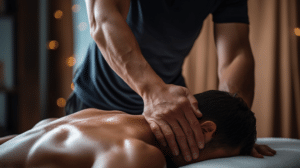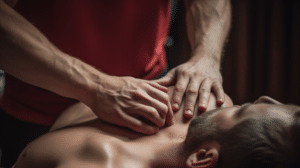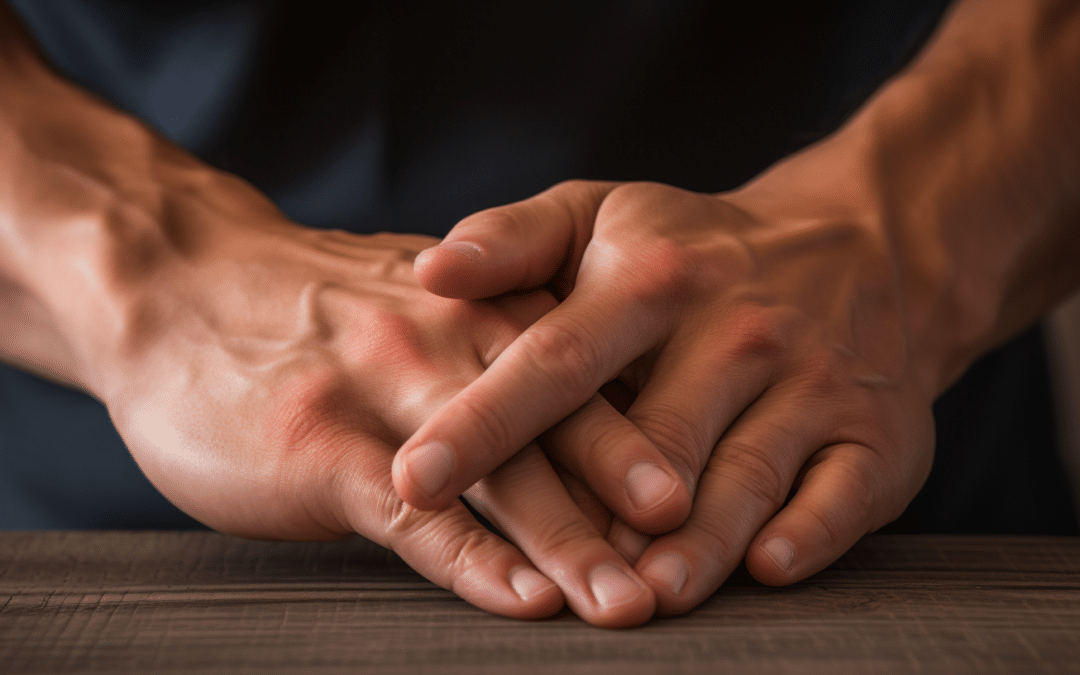How Sports Massage Can Help Speed Up Recovery and Reduce Muscle Soreness
Sports massage is a type of massage therapy that focuses on treating and preventing injuries related to physical activity and sports. It involves the manipulation of soft tissue to reduce pain, muscle spasms, and tension while increasing the range of motion, flexibility, and the speed at which an athlete can recover. Although it has many benefits, it is often overlooked as a form of treatment. This article will discuss how sports massage can help speed up recovery and reduce muscle soreness.
Key Takeaways
- Sports massage can help speed up recovery time
- Sports massage can reduce muscle soreness
- Sports massage can increase the range of motion and flexibility
- Sports massage can decrease the risk of injury
What Is Sports Massage?
 Sports massage is a therapeutic massage designed to benefit athletes and those participating in physical fitness activities. It is designed to reduce stress and improve performance by improving circulation, range of motion, flexibility, and muscular strength. It also treats muscle aches, strains, and other soft tissue injuries. Sports massage can be used to provide pre-event and post-event massage and during training. It is also commonly used in physical therapy to help with rehabilitation.
Sports massage is a therapeutic massage designed to benefit athletes and those participating in physical fitness activities. It is designed to reduce stress and improve performance by improving circulation, range of motion, flexibility, and muscular strength. It also treats muscle aches, strains, and other soft tissue injuries. Sports massage can be used to provide pre-event and post-event massage and during training. It is also commonly used in physical therapy to help with rehabilitation.
Sports massage techniques involve deep tissue manipulation, which helps to release tension and improve flexibility. It also helps to reduce inflammation and pain while promoting healing and recovery. Sports massage can reduce muscle soreness, improve recovery time, and reduce the risk of injury. It can also be used to reduce fatigue and enhance relaxation.
The benefits of sports massage extend beyond physical health. It can help improve mental well-being, reduce stress levels, improve sleep quality, and reduce anxiety. By improving circulation and range of motion, sports massage can also improve performance and reduce the risk of injury. It can also help promote a feeling of belonging and connection with the physical activity. Through these benefits, sports massage can benefit athletes and those participating in physical fitness activities.
Benefits of Sports Massage for Recovery
The use of techniques associated with sports massage can be advantageous for aiding in post-exercise recovery. Athletes must develop a comprehensive recovery plan that includes better nutrition, adequate rest, and sports massage. Sports massage can help reduce the time it takes for the body to recover between workouts, decrease muscle soreness, and improve the range of motion. Massage techniques can help improve circulation and reduce inflammation in muscles, which can help speed up the body’s recovery process. Additionally, sports massage can help to reduce the physical and mental fatigue associated with exercise, allowing athletes to perform at their best.
reduce the time it takes for the body to recover between workouts, decrease muscle soreness, and improve the range of motion. Massage techniques can help improve circulation and reduce inflammation in muscles, which can help speed up the body’s recovery process. Additionally, sports massage can help to reduce the physical and mental fatigue associated with exercise, allowing athletes to perform at their best.
Sports massage can also help to reduce the likelihood of injuries by increasing the flexibility and range of motion of muscles. It can also help to relax tight muscles, improving the overall performance of athletes. Regular massage sessions may also help reduce lactic acid levels, leading to greater endurance and enhanced performance. Finally, sports massage can help reduce stress by releasing endorphins, leading to improved mental clarity and focus.
Types of Sports Massage
Sports massage is a therapy designed to benefit athletes before and after an event. It typically includes techniques such as myofascial release, trigger point therapy, and stretching designed to help reduce muscle soreness, improve range of motion, and speed up recovery. Different types of massage therapies can be used to help athletes achieve maximum performance during their event, as well as to reduce the risk of injury and enhance recovery. The benefits of massage therapy for athletes are numerous and can provide a valuable addition to a regular training routine.
Benefits of Massage
Massage can benefit the body, including improved range of motion, reduced pain, and increased relaxation. Massage is an effective way to help athletes recover from physical activity and reduce muscle soreness. Massage can reduce muscle tension, improve circulation, and reduce inflammation through relaxation techniques and posture alignment. It can also help reduce stress, enhance sleep quality, and boost mood. In addition, massage can help to improve flexibility, reduce fatigue, and increase range of motion. Massage can also help increase the speed of recovery from injury and reduce the risk of future injuries.
Furthermore, massage can also help to reduce the risk of developing chronic pain or other musculoskeletal issues. Massage can provide numerous physical and mental benefits that help athletes optimize their performance and speed up recovery.
Types of Therapies
Therapies to optimize performance and speed recovery include massage, range of motion exercises, posture alignment, and various relaxation techniques. Massage therapy is a popular treatment focusing on manipulating and stretching the muscles, while coverage of motion exercises helps strengthen and lengthen the muscles. Posture alignment is focused on correcting any imbalances and improper alignment of the body, which can help improve posture and reduce the risk of injury.
Relaxation techniques such as breathing exercises, yoga, and guided meditation are often used to reduce stress and tension, improving the body’s ability to recover and perform. Muscle-strengthening exercises also increase power and endurance, benefiting athletes and weekend warriors. By combining these therapies, individuals can experience various health benefits and improved performance.
Recovery Techniques
When discussing the topic of how sports massage can help speed up recovery and reduce muscle soreness, it is essential to consider the various recovery techniques that may be beneficial. Physical therapy is often recommended as the first form of treatment, as it can help reduce pain and inflammation while restoring strength and mobility. Additionally, several alternative therapies may be beneficial for muscle recovery, such as:
- Ice and Heat Therapy:
- Applying cold or hot compresses to an injured area can help reduce inflammation and improve blood flow to speed healing.
- Soft Tissue Massage:
- A trained massage therapist can use soft tissue massage techniques to help reduce muscle tension, increase range of motion, and improve recovery time.
- Stretching Exercises:
- Stretching exercises can also help to reduce stiffness and soreness while increasing flexibility and circulation.
Who Can Benefit From Sports Massage?
Sports massage has become a popular therapy for athletes to improve performance, prevent injuries, and speed up recovery. It is beneficial for athletes of all levels, from beginner to elite, to understand the needs of their bodies and prevent injuries. Athletes can benefit from increased flexibility, improved circulation, and better overall performance by incorporating sports massage into their training regimen.
Athletes’ Needs
Athletes often require specialized treatments to promote recovery and reduce muscle soreness. Sports massage is a beneficial tool that can help athletes reach their goals, providing the following advantages:
- It can help improve an athlete’s training regimen and muscle gain.
- It can help reduce inflammation and muscle soreness.
- It can help boost an athlete’s performance by increasing circulation and reducing fatigue.
Sports massage offers athletes an effective way to reduce pain, improve range of motion, and enhance overall performance. It helps athletes recover more quickly after strenuous activities and can help improve their conditioning. It also gives athletes a sense of relaxation and well-being, allowing them to stay motivated and focused on their training goals.
Injury Prevention
Continuing the discussion on the needs of athletes, injury prevention is a significant concern for athletes. Pre-injury care is essential to preventing injuries and allowing athletes to stay at the top of their game. Sports massage can help reduce the risk of injuries by warming up the muscles before exercise, increasing flexibility, improving circulation, and removing lactic acid from the muscles. Massage can also help reduce muscle fatigue, leading to injury. Athletes can also benefit from massage after exercise to help reduce muscle soreness and speed up recovery. This can help athletes stay in better shape and increase their chances of remaining injury-free.
How to Prepare for a Sports Massage
Before a sports massage, it is essential to understand proper preparation techniques to maximize the effectiveness of the massage. To start, it is necessary to practice stretching techniques before the massage to warm up the muscles and ease the massage process. Also, informing the massage therapist of recent injuries or sensitivities is essential. It is also suggested to avoid eating a large meal before the massage, as this can lead to discomfort during the session. Lastly, it is recommended to use massage oils to help lubricate the skin and reduce friction during the massage.
Overall, the preparation before a sports massage is a crucial step to consider. Proper preparation will ensure that the message is practical and comfortable. Stretching techniques and massage oils are two essential methods that should be utilized before a sports massage to maximize its effectiveness. By understanding and following these preparation techniques, one can experience the full benefits of a sports massage and begin the process of recovery and reduced muscle soreness.
Common Sports Massage Techniques
After preparing for a sports massage, it is essential to understand the standard techniques used during the massage. Sports massage incorporates various methods to help speed up recovery and reduce muscle soreness. These techniques can include:
- Stretching techniques improve flexibility and range of motion by lengthening muscles and tendons.
- Trigger point therapy: This technique uses pressure to target specific areas of tension to relieve pain and reduce spasms.
- Deep tissue massage focuses on the deeper muscle and connective tissue layers to release tension and reduce pain.
- Massage oils: These help reduce friction and ensure a smooth massage.
Sports massage is an effective way to improve recovery and reduce muscle pain. By understanding the standard techniques, you can ensure that your massage is tailored to your needs and provides the best possible results.
How Often to Receive Sports Massage
The frequency of receiving a sports massage can vary depending on individual needs and goals. Generally, manual therapy is recommended every week to gain the most significant benefit from sports massage. However, the frequency can be adjusted based on the athlete’s activity level and goals. For example, if an athlete is training for competition, they may opt to receive massages more frequently. On the other hand, if an athlete is engaged in less strenuous activities, they may decide to receive massages bi-monthly or even monthly.
The type of massage and the desired outcome can also influence the frequency of receiving a sports massage. For instance, an athlete seeking relief from muscle soreness would likely benefit from a deep-tissue massage. In this case, they may opt to receive massage more often than someone looking to improve their performance.
Finally, the length of the massage session can also affect the frequency. If the athlete only receives a short massage session, they may need to return more often to achieve the desired outcome. On the other hand, if the massage is more extended, then they may be able to receive a massage less frequently.
Potential Risks and Side Effects
Receiving a sports massage may be associated with potential risks and side effects. While massage therapy is generally considered a safe treatment, certain precautions should be taken to reduce the risk of injury. Massage therapy may sometimes cause soreness, bruising, or inflammation of the treated muscles or joints. It is essential to discuss any pre-existing medical conditions with the massage therapist before receiving treatment. In addition, some massage techniques, such as specific stretching techniques and working on trigger points, can cause discomfort during and after the massage session.
Observing any changes in the body after receiving a sports massage and contacting a medical professional if any adverse effects occur is essential. For example, if a person experiences persistent soreness, bruising, or inflammation, they should consult a doctor. A massage therapist should also be informed of any changes in the body. The massage therapist may recommend a different massage technique or refer the person to a medical professional if necessary.
Frequently Asked Questions
Does Insurance Cover Sports Massage?
The Current Question is whether insurance covers sports massage. Insurance coverage for sports massage depends on the particular policy and the type of insurance provider. Generally, it is not covered by most insurance plans. However, some specialized techniques may provide coverage for sports massage depending on its effects on health and the associated insurance costs. Additionally, special programs may give a range of sports massages, such as those offered by some employers. Ultimately, it is essential to research the specific insurance plan and its coverage options to determine if sports massage is covered.
Is Sports Massage Safe During Pregnancy?
Sports massage can be safe during pregnancy, though it may not suit all women. Depending on the individual’s condition, it may provide certain benefits, such as reducing muscular tension and joint pain and improving circulation and posture. When done correctly, it may also help prepare the body for labor and aid in postpartum recovery. However, it is essential to consult with a medical professional beforehand to ensure that it is an appropriate choice for the individual, as certain medical conditions can prohibit massage during pregnancy.
Are There Any Contraindications for Sports Massage?
Research suggests that up to 50% of sports massage treatments may involve some risk of contraindication. Identifying any risk factors, such as an existing medical condition, that may make sports massage dangerous or inadvisable is essential. Also, please know about any potential side effects from the treatment, such as post-massage soreness, bruising, and fatigue. Furthermore, it is necessary to consider any medications that may interact negatively with sports massage. Ultimately, it is essential to consult a medical professional before undergoing any sports massage to ensure it is the appropriate treatment for one’s needs.
Is There a Difference Between Sports Massage and Regular Massage?
Yes, there is a difference between sports massage and regular massage. Sports massage focuses on specific body areas affected by physical activity, such as deep tissue and trigger points. It also utilizes stretching, kneading, and friction to reduce tension and improve flexibility. In contrast, regular massage is more general and typically used to relax and reduce stress. It is also used to promote physical and emotional well-being. Sports massage is more targeted and tailored to an individual’s needs, whereas regular massage may be less specific.
How Long Does a Sports Massage Session Last?
Sports massage sessions typically last between 30-90 minutes, depending on the purpose of the massage. For pre-event preparation, the massage session is usually shorter. It focuses on warming up the muscles and tendons, while post-event care generally requires a more extended session to reduce pain and inflammation. Sports massage may also reduce stress and fatigue and improve flexibility and range of motion. Depending on the athlete’s individual needs, the massage therapist may adjust the length and type of massage accordingly.
Conclusion
Sports massage is an increasingly popular form of therapy for athletes, offering a variety of benefits that can help them recover faster, reduce muscle soreness, and ultimately improve their performance. While the effects of sports massage may seem miraculous at times, it is essential to remember that it is a powerful and potentially dangerous therapy that should be used cautiously. With the proper preparation, technique, and frequency, athletes can reap the maximum benefits of sports massage and experience unparalleled healing that will take them to the heights of success.

